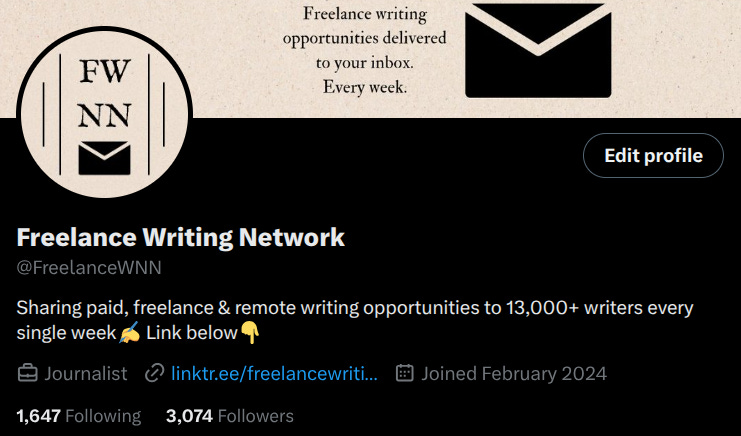How to find your first 1000 subscribers
60 proven ways to grow your newsletter audience.
Build it and they will come
Except they probably won’t.
I hate to break it to you, but growing a newsletter audience can take a lot of hard work. There’s a reason the number one question I receive from people trying to grow on Substack is: How do I find subscribers?
Convincing someone to hand over their email and let you show up in their inbox whenever you want isn’t always easy.
We all envision great things for our writing. I mean, isn’t that why we’re here? That doesn’t mean we’re all aiming to monetise, but we do want readers who actually engage with what we share.
But that’s easier said than done.
There are growth ‘hacks’, that I obviously wouldn’t recommend. For a while, ‘subscribe to me and I’ll subscribe back’ was commonplace across Substack Notes. As was ‘I want to find readers with fewer than X subs, share your Substack below!’ Unfortunately, neither of these will help you grow in any meaningful way.
Sure, you might get a few more subscribers from them. But these people will not open your emails. They won’t read. And they don’t care.
So how can you find readers that do?
Today I’m sharing with you a giant list of ways that you can use to help find the first 1000 readers of your Substack.
Substack Notes & Recommendations
I would plead caution with Notes. Yes, it can be a helpful avenue for growth. But don’t expect the readers from here to be particularly engaged with your work.
When I cleared my FWN list of 1000 free subscribers this month, the most common source of their subscription was from the Substack app or Notes. These were people who had seen my Notes and subscribed, or seen my newsletter via one of the many others who recommend it.
The issue is, these people aren’t necessarily that interested in my work. It’s easy to skip through recommendations and accidentally subscribe to everything. It’s also too easy to subscribe on Notes without much thought. Many people who use the app a lot are also already subscribed to hundreds of other newsletters, meaning the odds of them ever really reading mine is minimal.
So yes, they help you grow. But they might also leave you disappointed when engagement doesn’t follow (unless you’re chasing vanity numbers). The next time you get subscribers via the app or Notes, take a look at their profile and view how many newsletters they subscribe to. If it’s a handful, chances are they’re genuinely interested. Hundreds or more? They’re almost certainly never reading your work.
That said, some of these subscribers will read. So it’s not a wasted endeavour. I’ve written about Notes and recommendations as growth tactics, and both are certainly viable options.
You just need to be conscious that most of the readers from the platform won’t be all that engaged. That said, I’d be curious if this varies by topic, though most writers I speak to report the same thing.
Either way, your most engaged readers are likely to arrive from outside the platform.
But if you are looking to grow using the Substack platform itself, try these tricks:
Post consistently on Notes (and expect engagement to take some time).
Respond to other Notes and connect with others with thoughtful takes.
Find other writers for mutual recommendations in similar niches.
Comment on popular or viral posts for visibility.
You can try sending cold DMs for outreach, but be cautious about how you do this. Many people are reluctant to engage with these, and you might be seen as spamming by the Substack algorithm.
It can feel like a lot of throwing mud at a wall until some of it sticks on the app itself, but it can help you grow with a little consistency. Just don’t expect it to happen quickly!
Social Media Platforms
I hate social media. I try and steer clear as much as I can, but for work I have to engage with it. For the FWN, it’s actually been incredibly important for helping grow my newsletter.
If you decide to grow your audience using social media, I’d recommend thinking carefully about which ones your ideal reader is likely to use, and then concentrating your efforts there. Splitting your time across too many will leave you unable to cover all the bases that you’d like, and possibly at risk of burning out.
If you write about something visual, Instagram is likely to be your friend. A professional or careers newsletter and LinkedIn is perfect. Twitter is good for politics (although ‘good’ might be a stretch). Different platforms attract people with different interests, remember.
In the early days, I focused on Twitter, though now much of my time is spent on LinkedIn. I should have started there earlier, but I dislike the platform with a passion. If I didn’t need it for work, I’d happily delete my account and never use it again.

For you, it doesn’t have to be that grim, especially if you’re engaging with topics you love and can connect with like-minded people.
Here are 25 methods for growth on social media that I’d use if I was trying to grow my subscriber list.
Keep reading with a 7-day free trial
Subscribe to Grow Your Newsletter to keep reading this post and get 7 days of free access to the full post archives.

